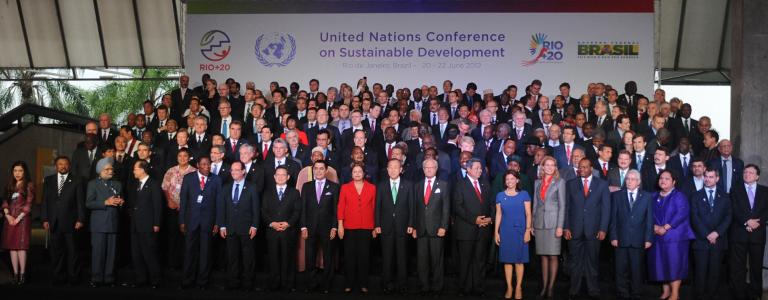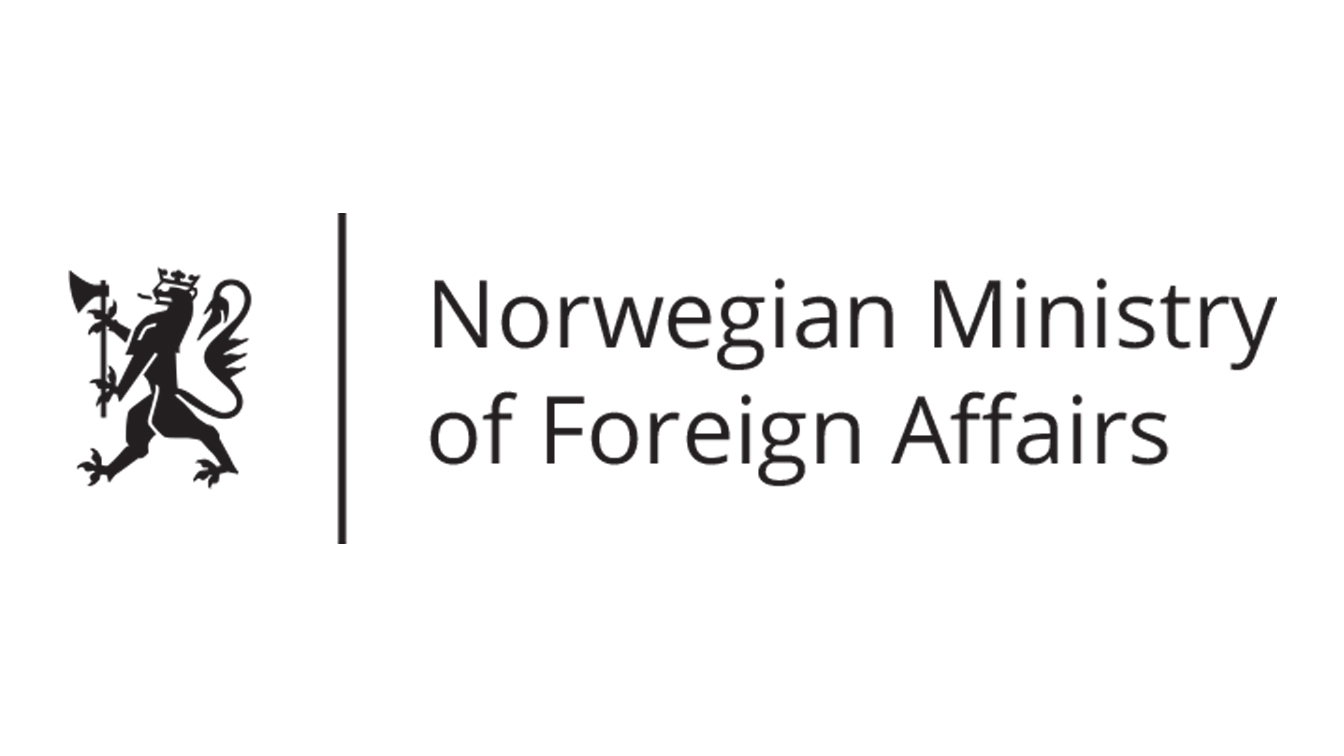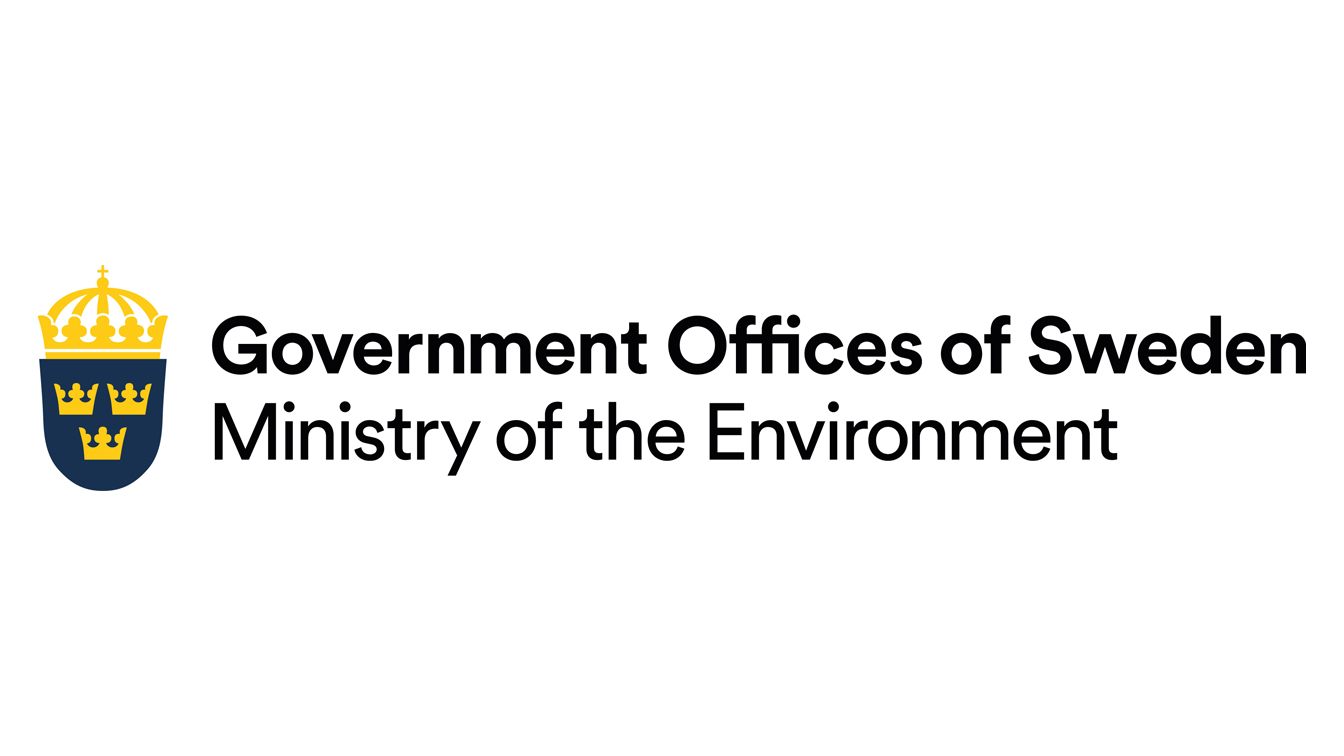Do Mega-Conferences Advance Sustainable Development?
Still Only One Earth: Lessons from 50 years of UN sustainable development policy
By including governments, civil society, the private sector, and other stakeholders, UN mega-conferences have attempted to legitimize and expand global sustainable development governance. But do they meaningfully advance their goals? And should they continue in a post-COVID-19 era? (Download PDF) (See all policy briefs) (Subscribe to ENB)
There is nothing like walking into a United Nations sustainable development conference. Inside the negotiating rooms, government delegates are hard at work on outcome documents addressing economic and social development and the environment. The corridors resemble a giant trade show or carnival. Thousands of people are networking and advocating for their cause. There are civil society protests. Businesses showcase sustainable technology. The media is everywhere. There is electricity in the air as thousands unite to solidify aspirations for a better world.
But have these conferences meaningfully advanced sustainable development?
The first mega-conference where governments tackled the link between economic development and the deterioration of the environment was the 1972 UN Conference on the Human Environment in Stockholm, Sweden. Eleven years later, the UN General Assembly (UNGA) recognized more had to be done. The UNGA agreed to establish an independent commission to formulate a long-term agenda for action on the environment and development. The World Commission on Environment and Development, also known as the Brundtland Commission—named after its Chair, Norwegian Prime Minister Gro Harlem Brundtland—was charged with addressing growing concern over the accelerating deterioration of the human environment and natural resources and the consequences of that deterioration for economic and social development.
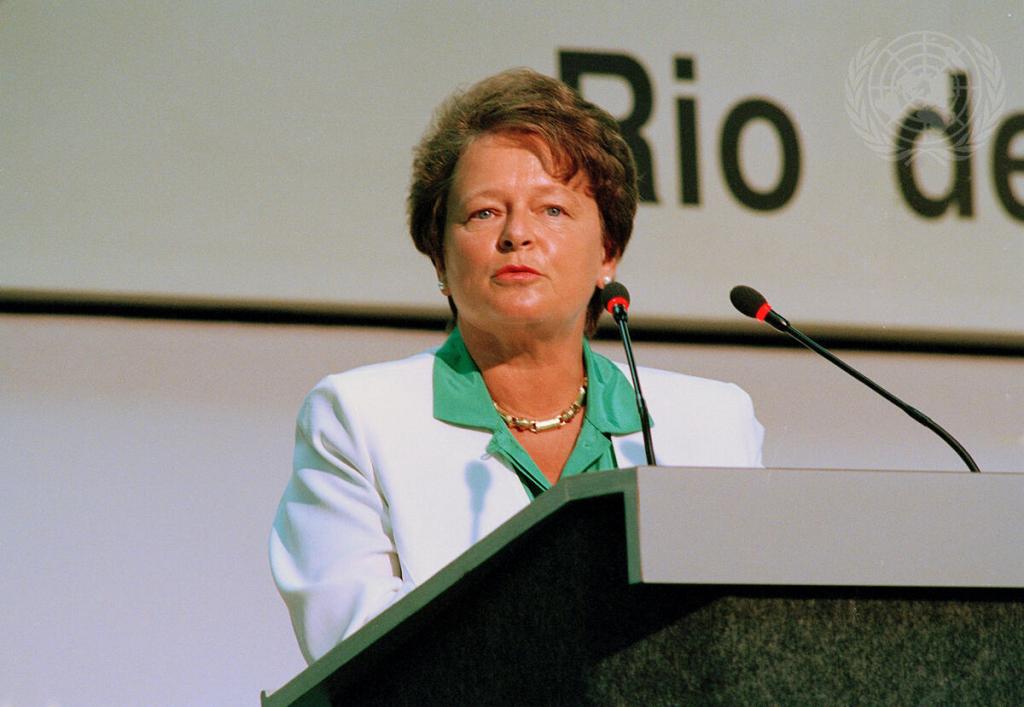
Four years later, the Brundtland Commission’s report, Our Common Future, emphasized the link between economic development and environmental issues. It popularized the term “sustainable development,” defining it as “development that meets the needs of current generations without compromising the ability of future generations to meet their own needs.”
A point has been reached in history when we must shape our actions throughout the world with a more prudent care for their environmental consequences. Through ignorance or indifference we can do massive and irreversible harm to the earthly environment on which our life and well-being depend.
The Brundtland Commission’s report also provided the momentum for the 1992 United Nations Conference on Environment and Development (UNCED) in Rio de Janeiro, Brazil. The Earth Summit, as it became known, laid the foundations for the global institutionalization of sustainable development.
The “Rio Earth Summit”
The Rio agenda expanded well beyond Stockholm, reflecting both global environmental threats and the need to address the environment-development relationship (Engfeldt, 2009, p.141). UNGA resolution 44/228, which established the conference, demonstrated there was hardly an issue that did not somehow fall into the rubric of sustainable development.
Journalist Philip Shabecoff (1996, pp. 128-9) described the Earth Summit this way: “It would have to prepare recommendations for the conservation and prudent use of natural resources such as land, water, energy, forests, plants and animals. It would have to recommend ways to protect global systems, including the atmosphere and the oceans. It would have to address pollution, toxic chemicals, hazardous and radioactive waste, and other threats to human health. It would have to consider patterns of economic assistance, trade, technology transfers, demographics, poverty, consumption, and the rapid urbanization of the human community.” Furthermore, the negotiations needed to create the linkages between all these issues, enable governments to translate the recommendations into policy, and find ways to finance everything. It was a gargantuan task.
The Earth Summit convened in June 1992. Delegates from 170 countries, including 108 Heads of State and Government, thousands of representatives from non-governmental organizations (NGOs), and nearly 10,000 members of the media attended the conference (UNDPI, 1997). Governments adopted the Rio Declaration on Environment and Development, Agenda 21, and the Statement of Forest Principles. The UN Framework Convention on Climate Change (UNFCCC) and the Convention on Biological Diversity (CBD) were also opened for signature.
Throughout the negotiations, chaired by Ambassador Tommy Koh of Singapore, it was clear the underlying interests and concerns in both the North and the South remained the same as in Stockholm, even as the international political landscape had changed since 1972 (Engfeldt, 2009, p. 141). This was illustrated in the negotiations on the Rio Declaration. Developing countries had two main priorities: (1) to ensure environmental concerns would not stand in the way of their own economic development, and (2) to get industrialized countries to recognize their responsibility for environmental degradation and the need for international cooperation toward sustainable development (Engfeldt, 2009, p. 154). Industrialized countries wanted the principles generally accepted since Stockholm, such as the polluter pays principle, the precautionary approach, and environmental impacts assessments, to be reflected in the new declaration (Engfeldt, 2009, p. 157).
The Rio Declaration’s 27 principles represented a careful compromise. Developing countries’ concerns were recognized in principle 3 (the right to development) and principle 7 (common but differentiated responsibilities). Developed countries’ concerns were recognized in Principle 15, which calls for the precautionary approach to be widely applied by states according to their capabilities. The Declaration also includes environmental impact assessments (Principle 17) and the polluter pays principle (Principle 16), signifying a considerable advance since Stockholm.
The right of development must be fulfilled so as to equitably meet developmental and environmental needs of future generations.
In 294 pages, comprising 40 chapters covering 115 separate topics, Agenda 21 (referring to the twenty-first century) reflected the emergence of an international consensus on the issues affecting the long-term sustainability of human society (Chasek, 2021). Since the lack of national measures and detailed recommendations in the Stockholm Action Plan complicated its implementation, governments ensured each chapter of Agenda 21 contained specific implementation language, including rough cost estimates prepared by the Secretariat (Engfeldt, 2009, p. 161).
Nevertheless, while the integration of environmental, economic, and development issues framed the discussions, these three dimensions of sustainable development were still considered in their respective silos when it came to international agenda setting: Agenda 21 had separate sections on the social and economic dimensions and environmental protection.
In view of the different contributions to global environmental degradation, States have common but differentiated responsibilities. The developed countries acknowledge the responsibility that they bear in the international pursuit of sustainable development in view of the pressures their societies place on the global environment and of the technologies and financial resources they command.
Recognizing the role of stakeholders, Section 3 “Strengthening the Role of Major Groups,” contained chapters focused on women, children and youth, Indigenous Peoples, NGOs, local authorities, workers and trade unions, business and industry, the scientific and technological community, and farmers. In recognizing the essential roles these stakeholders have in advancing the implementation of sustainable development, the Earth Summit laid the foundation for their enhanced participation.
The fourth section of Agenda 21 focused on means of implementation, including financial resources, technology transfer, science, education, capacity building, and institutional follow-up. Chapter 38 of Agenda 21 called for the creation of a Commission on Sustainable Development (CSD) to enhance international cooperation and examine progress in the implementation of Agenda 21.
The Summit and its two-year preparatory process revealed that developed and developing countries approached sustainable development through different lenses. Northern delegates’ actions clearly showed they thought they were primarily going to an environmental conference, while Southern delegates’ positions were geared toward a development conference. The North argued development in the South needed to be environmentally sound, while the South insisted economic development had to come first and it was the responsibility of the North to help the South in this regard. In Rio, as confirmed in Principle 7, the idea was the North should act first, shoulder most of the burden, offer access to environmental technology, and engage in some financial redistribution. Only then would the South come aboard and eventually share in commitments (Chasek, 2021, pp.10-11).
On to Johannesburg
Before another decade had passed, governments recognized the need to reinvigorate the global commitment to sustainable development. As UN resolution 55/199 stated, despite the “fact that some progress has been achieved, the environment and the natural resource base that support life on Earth continue to deteriorate at an alarming rate.” Thus, the 2002 World Summit on Sustainable Development (WSSD) included a comprehensive review and assessment of the implementation of Agenda 21, as well as identification of major constraints hindering implementation, new challenges and opportunities, and ways to strengthen the institutional framework for sustainable development (Engfeldt, 2009, p. 241).
The WSSD convened from 26 August to 4 September 2002, in Johannesburg, South Africa, amidst a challenging international climate. The US government was preoccupied with the war on terrorism. Developing countries were wary and frustrated with industrialized countries and the failure to implement the Rio agreements. There was a pervasive feeling of conference fatigue as the UN had been holding mega-conferences on different topics almost every year since Rio (Chasek and Sherman, 2004, p.162-163):
- human rights (1993)
- population and development (1994)
- small island developing states (1994)
- social development (1995)
- women (1995)
- human settlements (1996)
- Millennium Summit (2000)
Nevertheless, more than 37,000 people attended the summit or one of the many side events, including representatives from over 190 countries and 100 Heads of State and Government (UN, 2002). Governments adopted two main documents: the Johannesburg Plan of Implementation (JPOI) and the Johannesburg Declaration on Sustainable Development. The JPOI is a framework for action to implement the commitments originally agreed at the Rio Summit. The Johannesburg Declaration was a pledge by world leaders to commit fully to the goal of sustainable development.
The JPOI states “eradicating poverty is the greatest global challenge facing the world today and an indispensable requirement for sustainable development, particularly for developing countries.” Unlike Agenda 21, the JPOI recognizes poverty as a running theme, linked to its multiple dimensions, from access to energy, water, and sanitation, to the equitable sharing of the benefits of biodiversity. Through this approach to poverty, which mirrored the recently adopted Millennium Development Goals (MDGs), the WSSD went further than Rio in integrating the three dimensions of sustainable development.
Nevertheless, the JPOI did not receive universal praise. Many NGOs, governments, and observers saw the WSSD as a wasted opportunity for progress (Seyfang, 2003). They did not think the WSSD took the sustainable development agenda forward. As an implementation-focused summit, the WSSD did not produce a “particularly dramatic outcome.” There were no new agreements that would lead to new treaties and many of the agreed targets were derived from existing ones adopted at other meetings (Chasek and Sherman, 2004, p. 162). The absence of new commitments and innovative thinking, particularly on how climate change threatens development in all countries, was probably its most significant weakness. One such example was the failure to reach an agreement on time-bound targets for increasing the share of renewable energy in the global energy mix.
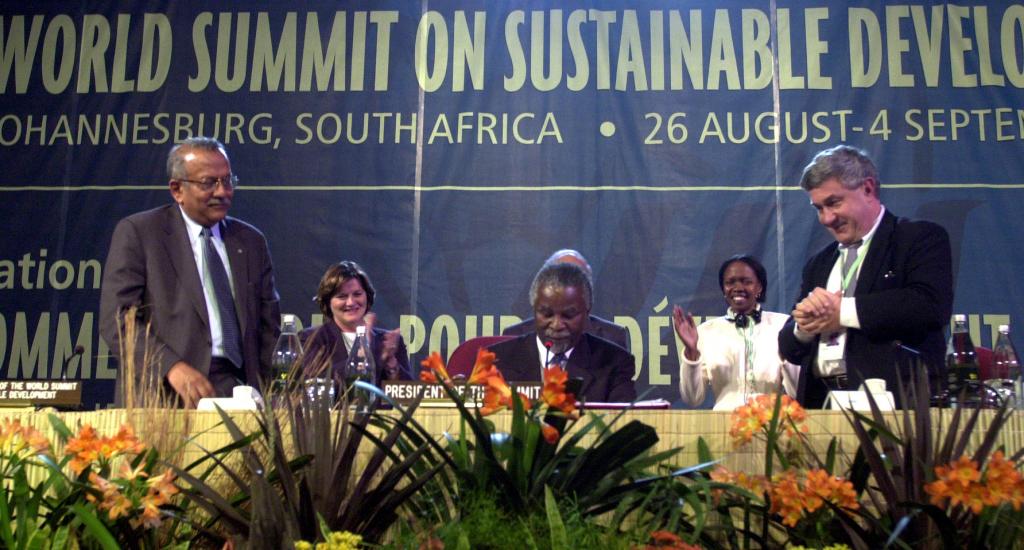
Just as in Rio, the international community could not identify where all the resources required to implement the Johannesburg recommendations would come from. The major confidence problem between North and South—which was one of the original triggers of the demand for new and additional financial resources to incorporate environmental concerns in development assistance—was not overcome (Engfeldt, 2009, p. 276).
However, there was progress on stakeholder integration. Over 200 partnerships for sustainable development between governments, NGOs, and the private sector were launched during the conference. “The hope was,” participants recall, that these partnerships could “harness and integrate the economic incentives of the private sector, the on-the-ground experience of NGOs, the passions of ordinary citizens, and the coordinating capabilities of governments to address specific challenges of sustainable development” (Chasek and Sherman, 2004, p.162). Moreover, economic partnerships began to be accepted as an alternative to the total reliance on official development assistance (ODA). WSSD Secretary-General Nitin Desai explained “partnerships offer a way to get away from the donor-driven frameworks of the past and allow representatives from developed and developing countries to sit down together to formulate plans when something has to be done” (Chasek and Sherman, 2004).
Back to Rio
As global environmental and development challenges persisted, Brazil called for another global sustainable development conference to be held in 2012. UNGA resolution 64/236 established the UN Conference on Sustainable Development, also known as Rio+20, to mark the 40th anniversary of the Stockholm Conference and the 20th anniversary of the Earth Summit. The conference was supposed to focus on two themes: (1) green economy in the context of sustainable development and poverty eradication and (2) the institutional framework for sustainable development. But these themes proved divisive as North-South discord once again dominated.
Many developed countries viewed a green economy as critical to achieving sustainable development, arguing the money invested in the “brown economy,” powered by fossil fuels, should instead be invested in a green economy powered by renewable energy. Some developing countries were not convinced. They expressed concern the green economy was an attempt to extend capitalism into the environmental arena by monetizing nature to obtain profits. Others thought the concept could be used by industrialized countries to impose restrictions on trade or ODA (Kamau, et al., 2018, p. 35).
On the institutional framework, there was tacit agreement the existing system was not effective, and any reforms should be addressed in the broader context of sustainable development. But many developing countries wanted to talk less about governance and more about industrialized countries’ “broken promises” and unmet financial commitments dating back to the Earth Summit (Kamau, et al. 2018, p. 36).
Neither [theme] had the potential for incentivizing the deep transformations at scale so urgently needed on a planet that is breaching so many boundaries all at once, while remaining stubbornly inequitable at many levels.
During the preparatory process, a new proposal emerged from a group of developing countries led by Colombia. Concerned the two conference themes were not compelling for a broad audience, they proposed a more concrete output from the conference—the development of a set of Sustainable Development Goals (SDGs) that would be applicable to all countries and could replace the MDGs, which were due to expire in 2015. This proposal slowly gained support and was adopted in Rio.
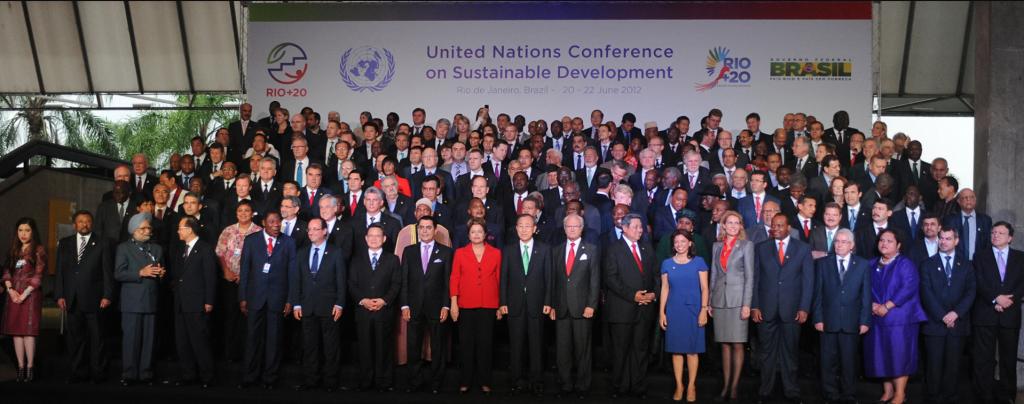
Approximately 44,000 people attended the conference and the approximately 3,000 related events in Rio in June 2012, with representatives from 191 UN countries including 79 Heads of State and Government. In addition to adopting the outcome document, “The Future We Want,” the conference received nearly 700 voluntary commitments for action, with financial commitments from governments, the private sector, civil society, and other groups reaching USD 513 billion (Doran, et al., 2012, p.1). The Future We Want included language strengthening the United Nations Environment Programme's (UNEP) governing and financial structure, and the creation of a new body, the High-level Political Forum on Sustainable Development (HLPF), to replace the CSD created by the Earth Summit. It also called for the creation of a set of SDGs that were “global in nature and universally applicable to all countries,” to “address and incorporate in a balanced way all three dimensions of sustainable development and their interlinkages.”
While many had hoped Rio+20 would launch new processes and significantly alter the international framework—from establishing a new High Commissioner for Future Generations, to upgrading UNEP’s status, to identifying significant means of implementation, to establishing concrete targets and a “roadmap” for the green economy—the outcome document was much more modest (Doran, et al., 2012, p.2). But while some criticized the document for missing an opportunity to boldly redirect sustainable development actions, others focused on the upcoming opportunities represented by the SDGs and the HLPF to shape the true Rio+20 legacy.
Looking Ahead
Just how effective are such large, high-profile events? Mega-conferences can capture the attention of the world’s media and politicians and secure political agreement on future priorities. But do they catalyze the necessary actions at the national level to promote sustainable development? If each action plan results in lackluster implementation, are these conferences worth the effort, money, and carbon footprint?
Mega-conferences can play an important role beyond their outcome documents and declarations. First, these conferences set the global agenda. Second, the UN is the only institution with the ability to bring together all the world’s leaders under one roof with NGOs, the private sector, and civil society to discuss the global aspects of common problems. These conferences are the only global forum where wide-ranging and interconnected issues such as trade, poverty, environmental protection, and development can be discussed by a full range of stakeholders (Seyfang, 2003). Each conference brings in new actors and new ideas into international sustainable development politics.
Third, these conferences have established common principles as a basis for government action, which can promote a change in attitudes and actions at the national and local levels. Fourth, mega-conferences can create new institutional mechanisms for sustainable development governance. Stockholm created UNEP, the Earth Summit created the CSD, and Rio+20 created the HLPF and strengthened UNEP.
However, there are limits to conference diplomacy. Negotiations often resemble a “race to the bottom” more than any attempts to move forward. While in their speeches, world leaders stress the importance of sustainable development, in the negotiating rooms, governments would rather protect their own interests. Furthermore, with so many meetings and side events, there is little time to absorb and learn from the new and innovative ideas presented.
It is difficult to evaluate the effectiveness of mega-conferences. It may be unreasonable to expect mega-conferences to yield clear and lasting effects. But it is also unreasonable to blame mega-conferences for failing to reverse environmental, social, and economic problems (Chasek and Sherman, 2004, p.163).
The COVID-19 pandemic has thrown a wrench into conference diplomacy and many planned multilateral conferences have been postponed, canceled, or moved to online platforms. It is too soon to know what the long-term effects will be and what shape future mega-conferences may take. Online platforms provide the opportunity for a greater number of people from all sectors to participate remotely, and this could be useful for energizing civil society and the private sector to take the necessary action to push the sustainable development agenda forward. But online mega-conferences may not be enough to propel government and intergovernmental action.
What is known, however, is that many sustainable development challenges are global in nature and require international solutions. Without the necessary political will, mega-conferences alone will never be enough to ensure our future is a sustainable one.
Works Consulted
Chasek, P., & Sherman, R. (2004). Ten days in Johannesburg: A negotiation of hope. UN Development Programme and South Africa Department of Environmental Affairs and Tourism.
Chasek, P. (2021). Pathways to sustainable development. In M. Snarr (Ed.) Introducing Global Issues, 7th ed. Lynne Rienner.
Doran, P., Paul, D., Ripley, K., Risse, N., Van Alstine, J., & Wagner, L. (2012). Summary of the UN Conference on Sustainable Development: 13-22 June 2012. Earth Negotiations Bulletin. https://enb.iisd.org/vol27/enb2751e.html
Engfeldt, L. (2009). From Stockholm to Johannesburg and beyond. Swedish Ministry for Foreign Affairs.
Kamau, M., Chasek, P. & O'Connor, D. (2018). Transforming multilateral diplomacy: The inside story of the Sustainable Development Goals. Routledge.
Seyfang, G. (2003). Environmental mega-conferences—from Stockholm to Johannesburg and beyond. Global Environmental Change 13: 223–228.
Shabecoff, P. (1996). A new name for peace. University Press of New England.
United Nations. (2002). Report of the World Summit on Sustainable Development. A/CONF.199/20. https://undocs.org/en/A/CONF.199/20
United Nations Department for Public Information. (1997). “Earth Summit review ends with few commitments.” United Nations Department for Public Information press release (July).
Additional downloads
You might also be interested in
Web of resilience
Pakistan's development model has still not recognised the limits of the natural environment and the damage it would cause, if violated, to the sustainability of development and to the health and well-being of its population. Pakistan’s environment journey began with Stockholm Declaration in 1972. A delegation led by Nusrat Bhutto represented the country at the Stockholm meeting, resulting in the establishment of the Urban Affairs Division (UAD), the precursor of today’s Ministry of Climate Change. In setting the country’s environmental agenda, we were inspired by the Stockholm Principles, but in reality, we have mostly ignored them for the last five decades.
Pathways to Sustainable Cities
Urban planning needs to be inclusive and responsive to the needs of local communities and build on participatory approaches that foster the engagement of marginalized actors.
Progressing National SDGs Implementation
An independent assessment of the voluntary national review reports submitted to the United Nations High-level Political Forum on Sustainable Development in 2023.
The State of Global Environmental Governance 2023
In global environmental talks in 2023, the focus across nearly all issue areas was funding implementation and reviewing performance.
